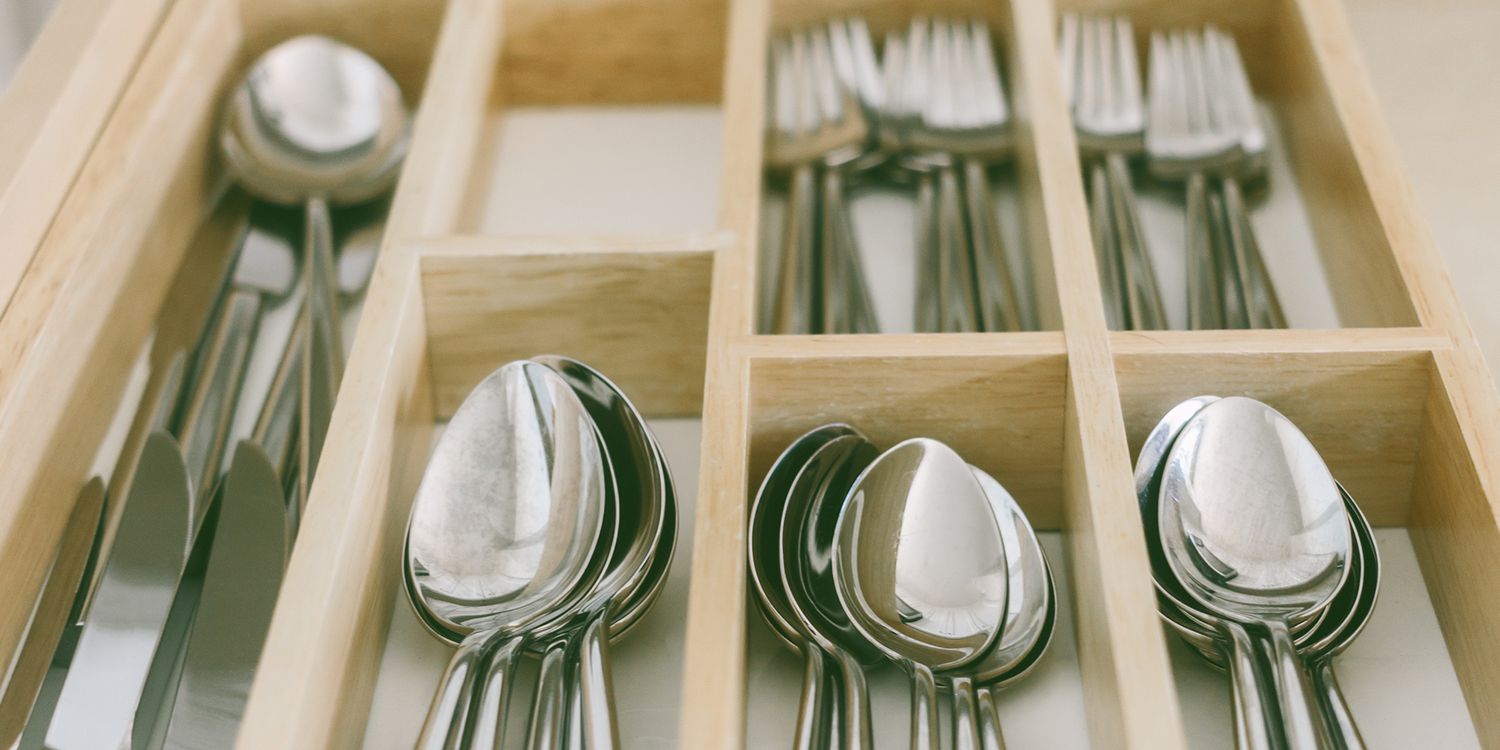

Articles
How To Store Silver Flatware
Modified: March 2, 2024
Learn how to properly store your silver flatware with these informative articles. Keep your silverware shining and tarnish-free for years to come.
(Many of the links in this article redirect to a specific reviewed product. Your purchase of these products through affiliate links helps to generate commission for Storables.com, at no extra cost. Learn more)
Introduction
Welcome to the world of silver flatware! Whether you’ve inherited a cherished family heirloom or recently invested in a beautiful set, proper storage is essential to maintain the beauty and value of your silverware. Silver flatware, delicately crafted with intricate designs and a lustrous shine, requires special care to prevent tarnish, scratches, and other forms of damage.
In this article, we will explore the importance of storing silver flatware correctly and provide you with valuable tips and guidelines to keep your cherished pieces in pristine condition. From choosing the right storage option to cleaning, wrapping, and preventing tarnish, we have you covered. So let’s dive in and learn how to store silver flatware to protect its beauty and preserve its value.
Key Takeaways:
- Proper storage of silver flatware is crucial to prevent tarnish and damage. Choose the right storage option, clean and prepare the silverware, and implement long-term storage tips to maintain its beauty and value.
- Regular maintenance and inspection are essential to ensure the longevity of silver flatware. Incorporate preventive measures, handle with care, and document your collection to preserve its value for generations to come.
Read more: How To Store Sterling Silver Flatware
Importance of Proper Silver Flatware Storage
Proper storage of silver flatware is crucial for several reasons. Firstly, silver is a soft metal that is prone to scratches and damage from contact with other objects. By storing your silver flatware correctly, you can minimize the risk of accidental bumps or scratches that can dull its shine and mar its appearance.
Secondly, silver flatware is highly susceptible to tarnish, which is the result of a chemical reaction between the silver and sulfur compounds in the air. Tarnish not only detracts from the beauty of your silverware but also can be challenging to remove, requiring time-consuming and potentially damaging cleaning methods.
Lastly, proper storage ensures that your silver flatware is protected from exposure to moisture, humidity, and air pollutants, all of which can accelerate tarnishing and damage over time. By following the right storage practices, you can extend the lifespan and maintain the value of your silver flatware for generations to come.
Investing in quality storage options and implementing proper storage techniques demonstrate your commitment to preserving and enjoying the beauty of your silver flatware. It also protects your investment, as well-maintained silverware can retain or even increase in value over time.
Now, let’s explore the different storage options available for your silver flatware to ensure its protection and longevity.
Choosing the Right Storage Option
When it comes to storing your silver flatware, there are a few key factors to consider: protection from physical damage, prevention of tarnish, and ease of access. Here are some storage options to consider:
- Flatware Chest: A flatware chest is a traditional and popular choice for storing silver flatware. These chests are specifically designed to accommodate silverware sets, with separate compartments for each piece. Look for chests lined with a tarnish-resistant fabric, such as felt or flannel, which helps slow down the tarnishing process.
- Anti-Tarnish Bags or Wraps: For smaller collections or if you prefer a more compact storage option, consider using anti-tarnish bags or wraps. These bags are made from special treated materials that create a barrier against tarnish-causing elements. Place each piece of silverware in its own bag or wrap to prevent any contact that may lead to scratches.
- Silver Storage Strips: Another option to consider is using silver storage strips or pads, which are infused with anti-tarnish properties. These strips can be placed in the storage container or drawer alongside the silverware to help inhibit tarnish formation.
Regardless of the storage option you choose, there are a few universal guidelines to keep in mind:
- Ensure that the storage container is clean and dry before placing your silver flatware inside.
- Avoid using containers made of materials that may contain harmful chemicals or emit sulfur compounds, which can accelerate tarnishing.
- If you opt for a flatware chest, make sure it has a tight-fitting lid to prevent dust, moisture, and air pollutants from entering.
- Consider the size and capacity of the storage option to accommodate your current silverware set and allow room for future additions.
Now that you have chosen the right storage option, let’s move on to the crucial step of cleaning and preparing your silver flatware before storage.
Cleaning and Preparing the Silver Flatware
Before storing your silver flatware, it is essential to clean and prepare each piece properly. This helps remove any dirt, oils, or food residues that can contribute to tarnish formation. Here are some steps to follow:
- Hand Washing: Gently hand wash each piece of silverware using warm water and mild dish soap. Avoid using abrasive scrubbers or harsh detergents, as they can scratch or damage the silver. Rinse thoroughly and dry immediately with a soft cloth.
- Polishing: If your silverware has tarnish or dull spots, you can use a silver polish specifically formulated for flatware. Apply a small amount of polish onto a soft cloth or sponge and gently rub the silverware in a back-and-forth motion. Follow the manufacturer’s instructions and avoid excessive polishing, as it can wear down the silver over time.
- Drying: Make sure to dry the silver flatware completely before storing to prevent moisture buildup, which can accelerate tarnish. Use a soft cloth or towel to remove any residual moisture, paying special attention to crevices and intricate designs.
- Optional: Anti-Tarnish Treatment: If you prefer an extra layer of protection against tarnish, you can apply an anti-tarnish product or coating specifically designed for silver flatware. Follow the instructions provided and allow sufficient drying time before storing.
Once you have cleaned and prepared the silver flatware, it’s time to move on to the next step: wrapping and storing the pieces properly.
Wrapping and Storing the Silver Flatware
Properly wrapping and storing your silver flatware is essential to protect it from scratches, tarnish, and other forms of damage. Here are some steps to follow:
- Tissue Paper or Acid-Free Paper: Start by placing a layer of tissue paper or acid-free paper at the bottom of your chosen storage container to create a soft and protective base.
- Individual Wrapping: Individually wrap each piece of silverware in tissue paper or acid-free paper. This prevents them from scratching or touching one another during storage.
- Separate Compartments or Dividers: If using a flatware chest, make use of the separate compartments or dividers to ensure each piece has its own space. This keeps them organized and minimizes the risk of damage.
- Stacking Order: When placing the wrapped silverware in the storage container, stack them in the same order they would be used. This makes it easier to access the pieces without disturbing the others.
It is important to note that storing silver flatware with stainless steel or other metal utensils can accelerate tarnishing due to a chemical reaction. If you must store silverware alongside other utensils, consider placing a protective barrier, such as a layer of acid-free paper, between them.
Once your silver flatware is properly wrapped and stored, there are a few additional tips to keep in mind for long-term storage:
- Store silverware in a cool and dry place, away from direct sunlight, heat sources, and fluctuations in temperature and humidity.
- Avoid storing silver flatware in areas prone to moisture, such as basements or attics.
- Check the storage container periodically to ensure that there are no signs of damage, pests, or humidity buildup.
Now that you have learned how to wrap and store your silver flatware properly, it’s time to explore some tips for preventing tarnish and damage.
Store silver flatware in a tarnish-resistant cloth or anti-tarnish pouch to prevent tarnishing. Keep it in a dry, cool place away from direct sunlight and moisture. Avoid storing it with rubber bands or in plastic bags, as these can cause tarnishing.
Read more: How To Store Sterling Silver Flatware
Tips for Long-Term Storage
Long-term storage of silver flatware requires special attention to prevent tarnish and damage. Here are some tips to keep your silverware in excellent condition:
- Use Silica Gel Packs: Silica gel packs can help absorb moisture and prevent tarnish formation. Place a few packs in the storage container to maintain a dry environment.
- Avoid Plastic or Rubber: Do not wrap your silver flatware in plastic or rubber, as these materials can trap moisture and accelerate tarnishing. Stick to acid-free paper or cloth for wrapping.
- Rotate and Use Your Silverware: Regularly rotate your silver flatware to ensure equal usage and exposure to air. Using your silverware also helps prevent tarnish buildup from prolonged storage.
- Handle with Clean Hands: Before handling your silver flatware, make sure your hands are clean and dry. Oils, lotions, and residues from food or cleaning products can transfer to the silverware and contribute to tarnish.
- Avoid Chemical Exposure: Keep your silver flatware away from household chemicals, such as bleach, ammonia, and chlorine, as they can cause discoloration and damage.
- Keep Away from Perfumes and Sprays: Avoid spraying perfume, hairspray, or other aerosol products near your silverware, as the chemicals in these products can tarnish the silver.
- Minimize Air Exposure: If storing silver flatware in an open display, consider using glass display cases or cabinets with UV protection to minimize exposure to air and sunlight.
By following these tips and incorporating them into your long-term storage routine, you can maintain the beauty and value of your silver flatware for years to come.
Remember, it is essential to regularly inspect and clean your silverware to ensure its condition. Let’s explore some additional tips for regular maintenance and inspection.
Preventing Tarnish and Damage
Preventing tarnish and damage to your silver flatware requires proactive measures and regular maintenance. Here are some tips to help you maintain the beauty and longevity of your silverware:
- Avoid Exposure to Air and Moisture: Tarnish is accelerated by exposure to air and moisture. When not in use, store your silver flatware in a sealed and dry storage container to minimize contact with the elements.
- Use Anti-Tarnish Products: Incorporate anti-tarnish products into your storage routine, such as anti-tarnish strips or pads. These help absorb moisture and inhibit tarnish formation.
- Regularly Clean and Polish: Clean your silver flatware regularly to remove any dirt or oils that can contribute to tarnish. Use a gentle silver polish and soft cloth to maintain its shine and luster.
- Handle with Care: When using and handling your silver flatware, always be gentle and avoid excessive force or pressure. This helps prevent scratches and damage to the delicate surfaces.
- Avoid Contact with Harsh Substances: Keep your silver flatware away from harsh chemicals, such as bleach, ammonia, or acidic foods. These substances can corrode the silver and cause irreversible damage.
- Regularly Rotate and Use: Rotate and use your silver flatware on a regular basis to prevent tarnish build-up. This ensures that all pieces receive equal exposure to air and minimizes the risk of tarnish in unused pieces.
- Store in a Low-Humidity Environment: High humidity can accelerate tarnish formation. Store your silver flatware in a low-humidity environment or consider using dehumidifiers or silica gel packs to absorb excess moisture.
By implementing these preventive measures and incorporating them into your silverware care routine, you can significantly reduce the risk of tarnish and damage to your silver flatware.
Now that you have learned the essential tips for preventing tarnish and damage, let’s move on to regular maintenance and inspection of your silverware.
Regular Maintenance and Inspection
Regular maintenance and inspection of your silver flatware is crucial to ensure its long-term beauty and functionality. Here are some important steps to incorporate into your routine:
- Regular Cleaning: Clean your silver flatware regularly to prevent tarnish and remove any dirt or residue. Follow the cleaning process mentioned earlier using mild soap or silver polish, depending on the level of tarnish.
- Polishing: Periodically polish your silver flatware to restore its shine and luster. Use a soft cloth and a gentle silver polish, applying light pressure in a back-and-forth motion. Remember not to over-polish, as this can wear down the silver.
- Inspect for Damage: Regularly inspect your silverware for any signs of damage, such as scratches, dents, or loose handles. If you notice any issues, take the necessary steps to address them promptly to prevent further damage.
- Repair and Restoration: If your silver flatware requires repair or restoration, seek the assistance of a professional silverware restorer or silversmith. They have the expertise and knowledge to fix and restore your silverware to its former glory.
- Preventative Measures: Alongside regular maintenance, continue to implement preventive measures mentioned earlier, such as proper storage, avoiding exposure to harsh substances, and handling with care.
- Use Protective Cloths or Pouches: When transporting or traveling with your silver flatware, consider using protective cloths or pouches to prevent scratches and damage.
- Document and Appraise: Keep a detailed record of your silverware collection, including photographs and appraisals. This is helpful for insurance purposes and can assist in identifying any missing or damaged pieces.
By incorporating these practices into your regular maintenance and inspection routine, you can ensure that your silver flatware remains in excellent condition and retains its value for years to come.
Now that you have learned the importance of regular maintenance and inspection, let’s wrap up our discussion.
Conclusion
Properly storing silver flatware is essential to maintain its beauty, prevent tarnish, and preserve its value. By following the tips and guidelines outlined in this article, you can ensure that your silverware remains in excellent condition for generations to come.
Start by choosing the right storage option, such as a flatware chest or anti-tarnish bags, to protect your silverware from physical damage and tarnish formation. Prioritize cleaning and preparing your silver flatware before storage, using gentle hand washing and polishing techniques to remove dirt and restore its shine.
Next, wrap each piece individually in tissue paper or acid-free paper and store them in separate compartments or dividers to prevent scratches and contact between pieces. Implement long-term storage tips, including using silica gel packs, avoiding plastic or rubber materials, and regularly rotating your silverware to minimize tarnish build-up.
Preventing tarnish and damage requires proactive measures, such as handling with clean hands, avoiding exposure to harsh substances, and regularly cleaning and polishing your silver flatware. Incorporate regular maintenance and inspection into your routine to check for any signs of damage and address them promptly.
Remember, the proper care and storage of your silver flatware are not just about preserving its physical appearance but also ensuring its historical and sentimental value. By dedicating time and effort to protect and maintain your silverware, you can pass down cherished family heirlooms and enjoy their elegance and refinement for years to come.
So, handle your silver flatware with care, choose the right storage options, and give it the attention it deserves. Your silverware will continue to shine brightly and maintain its timeless appeal for future generations to enjoy.
Frequently Asked Questions about How To Store Silver Flatware
Was this page helpful?
At Storables.com, we guarantee accurate and reliable information. Our content, validated by Expert Board Contributors, is crafted following stringent Editorial Policies. We're committed to providing you with well-researched, expert-backed insights for all your informational needs.
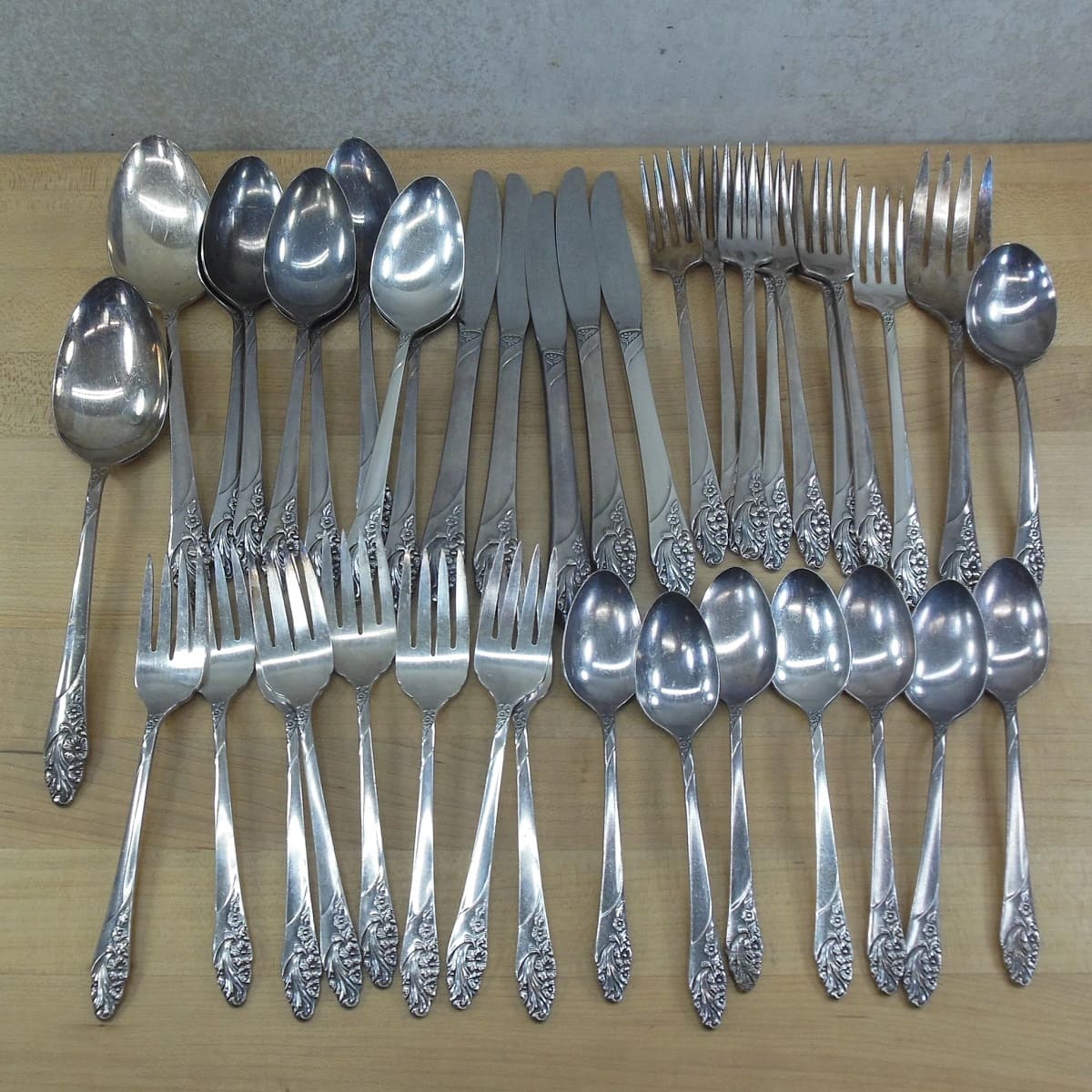
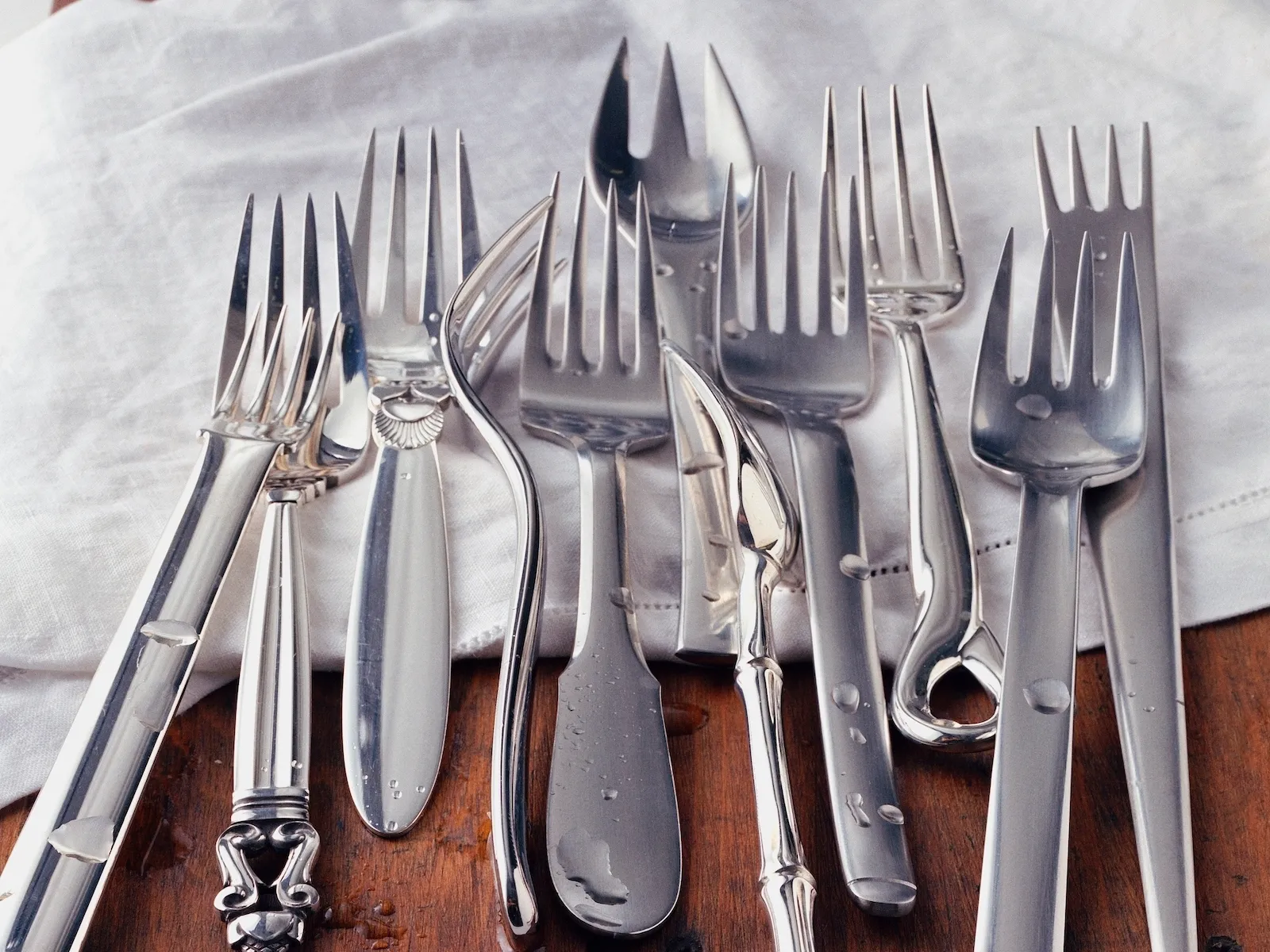
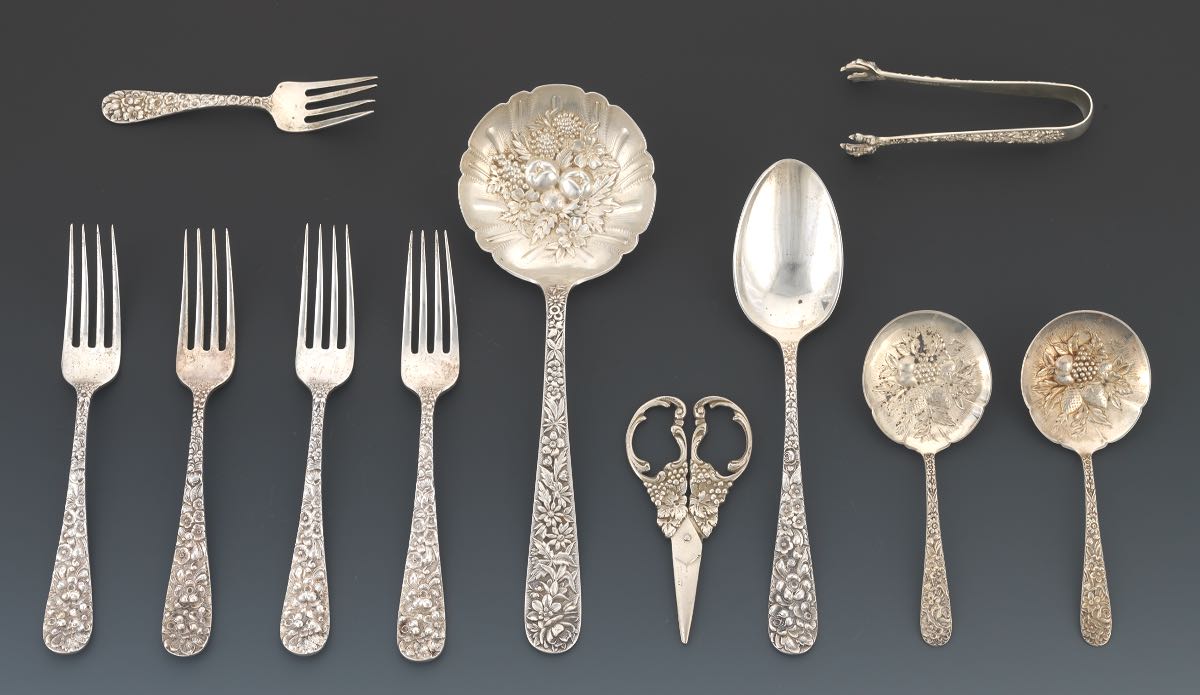
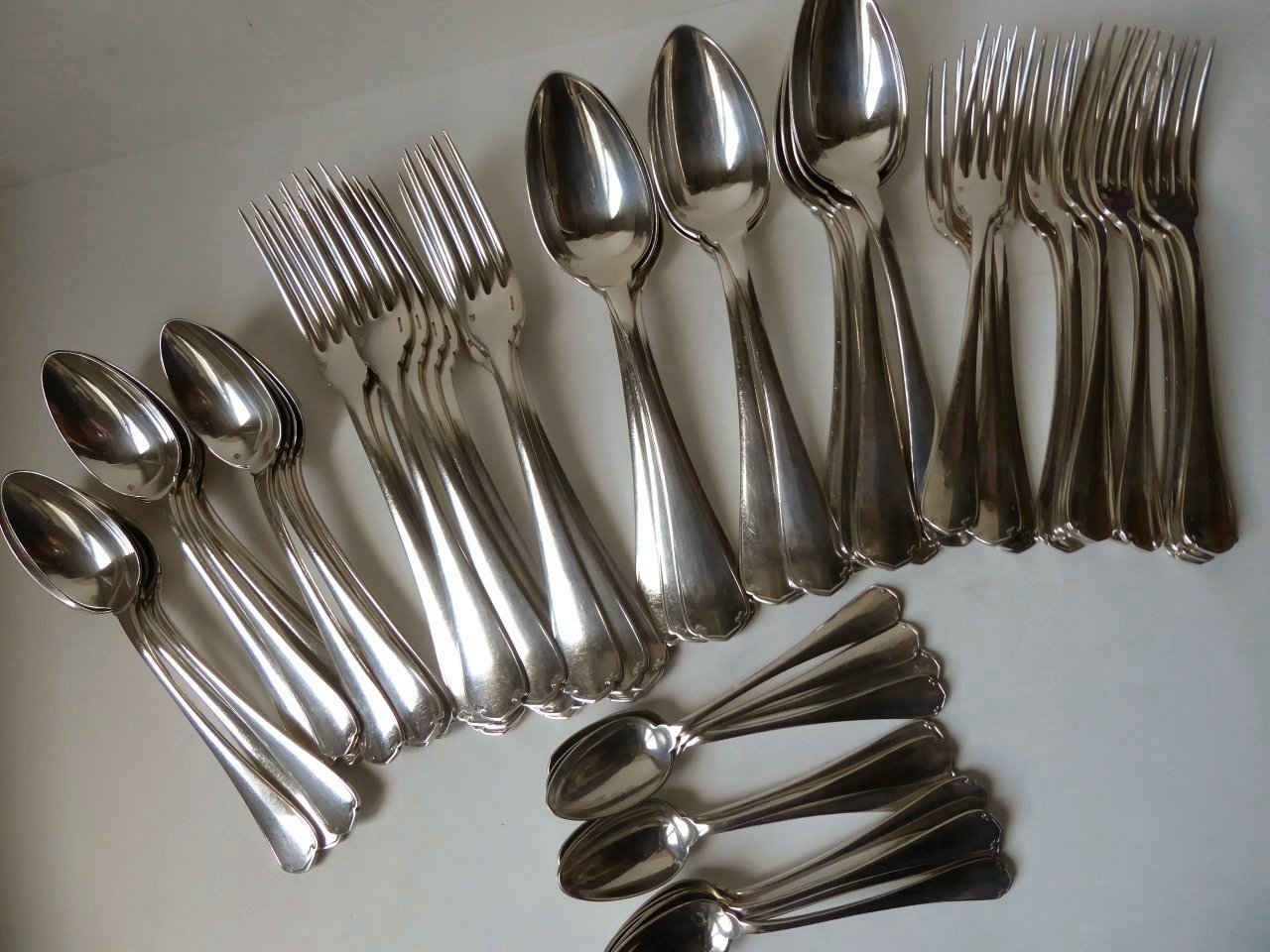
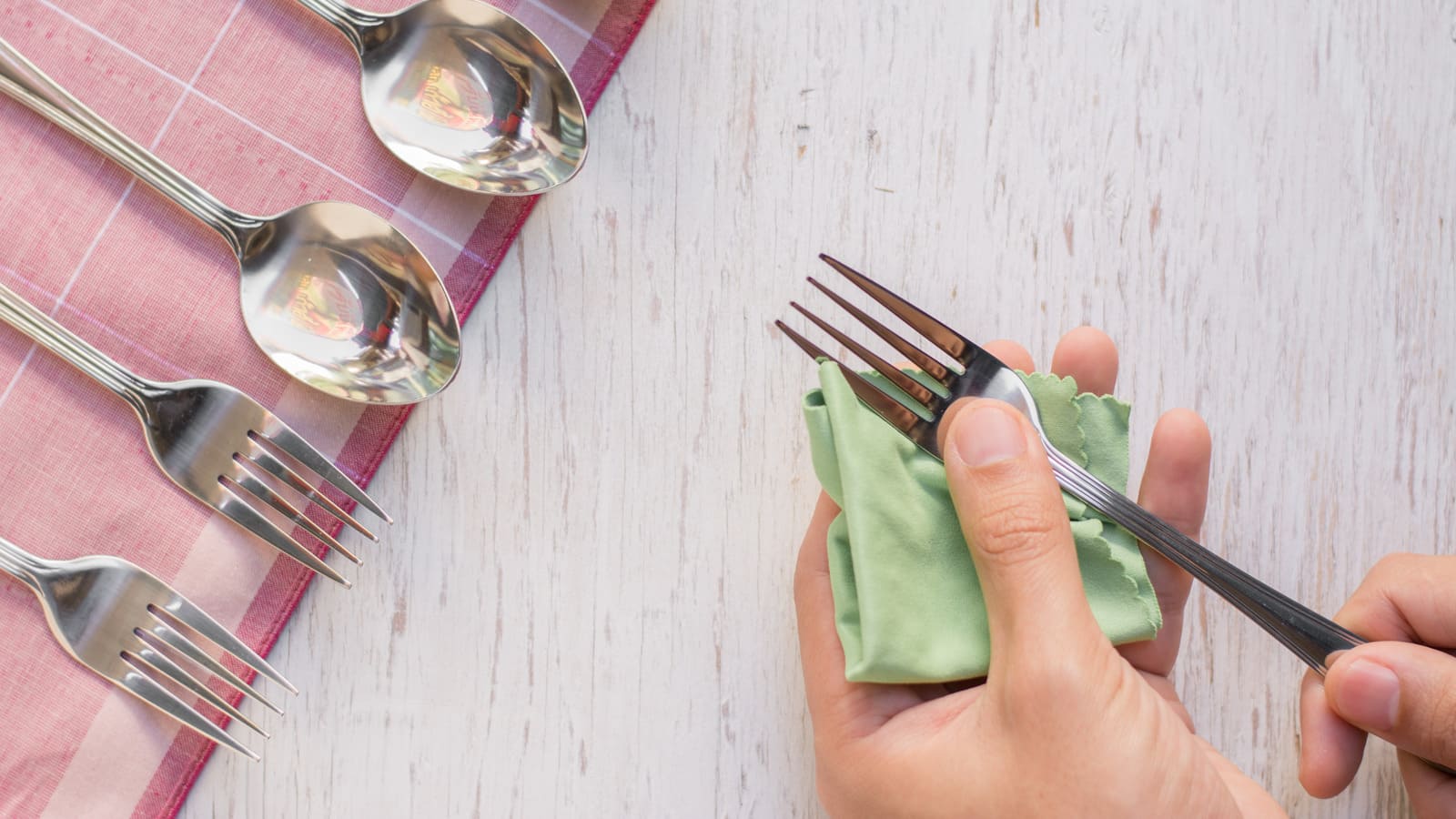
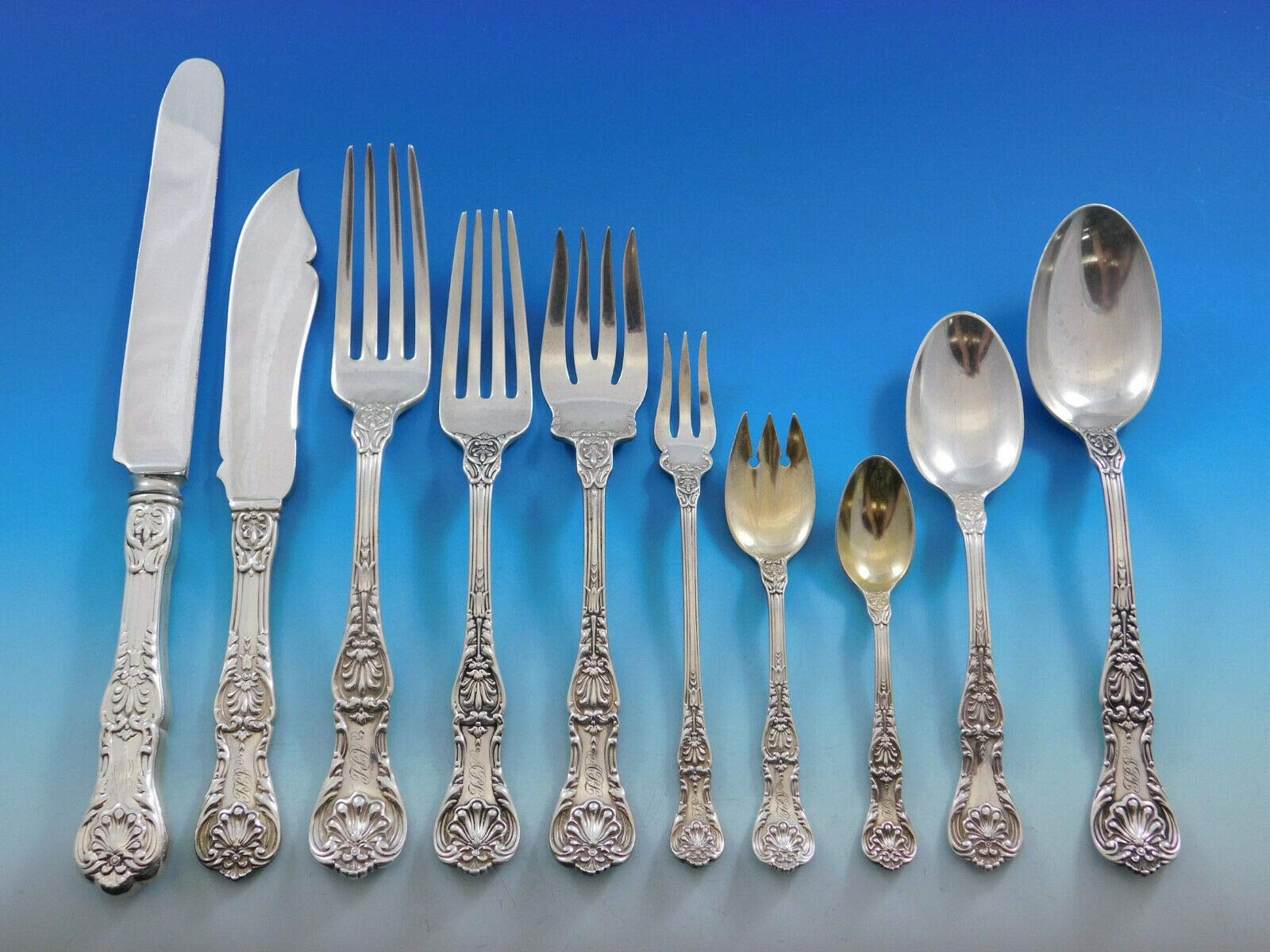
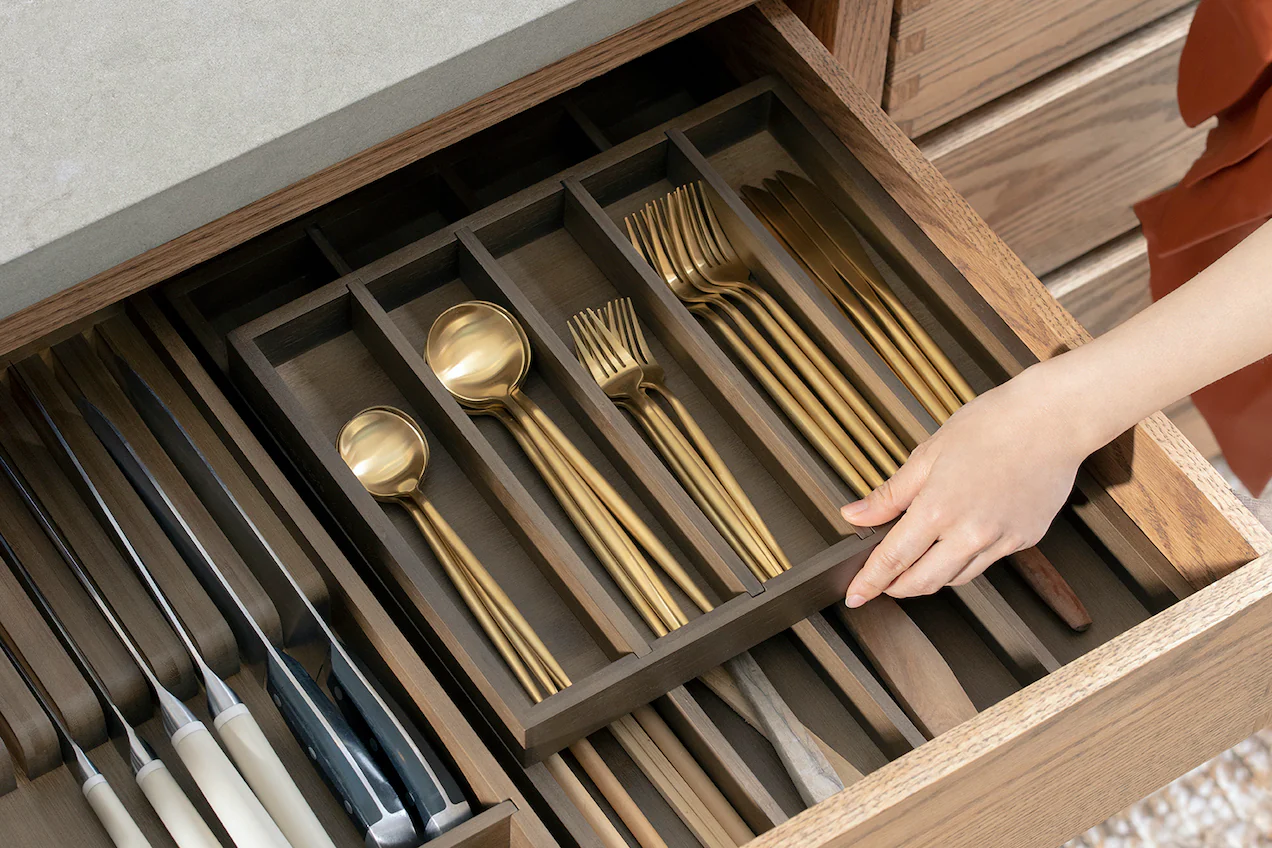
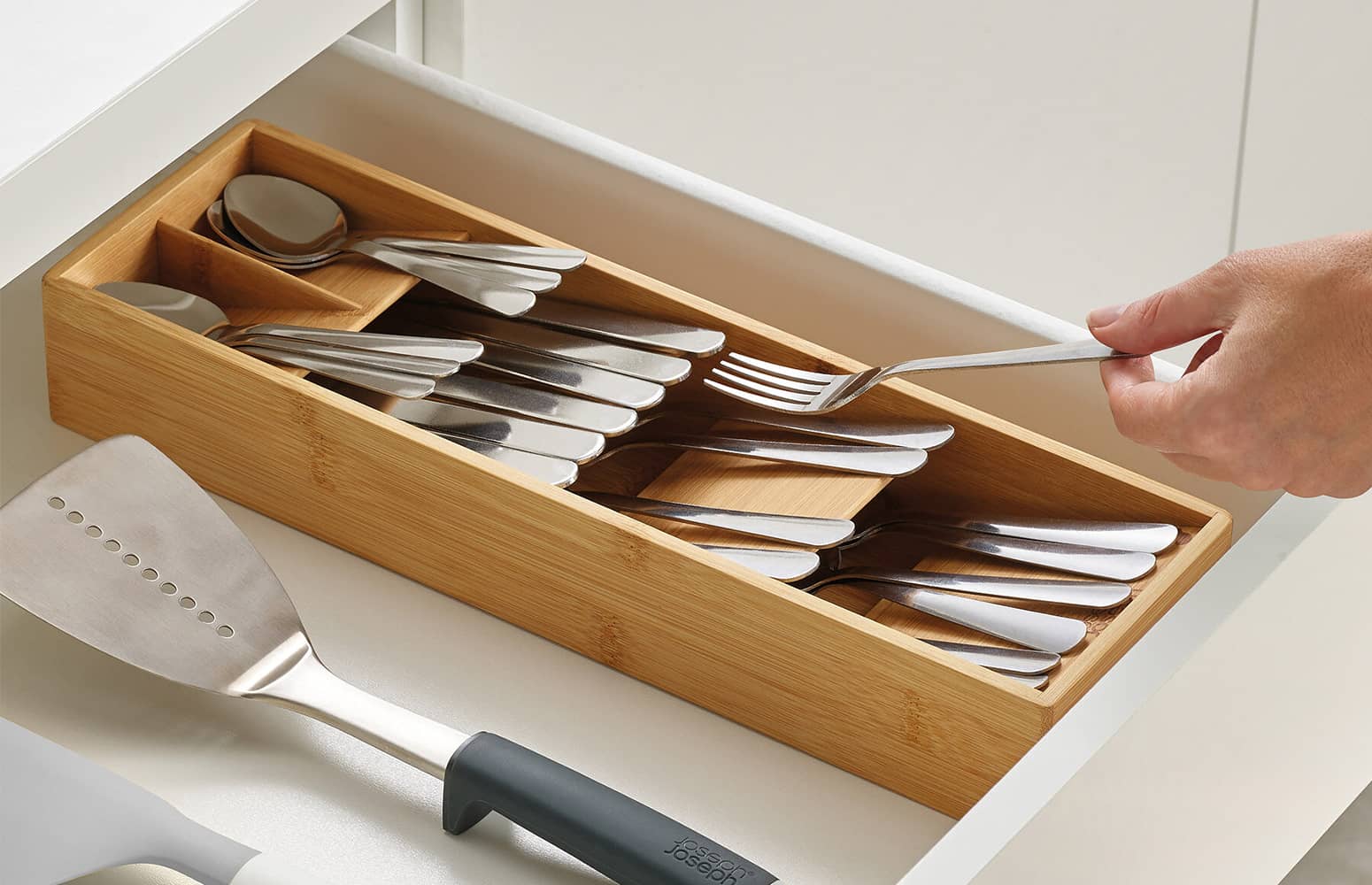
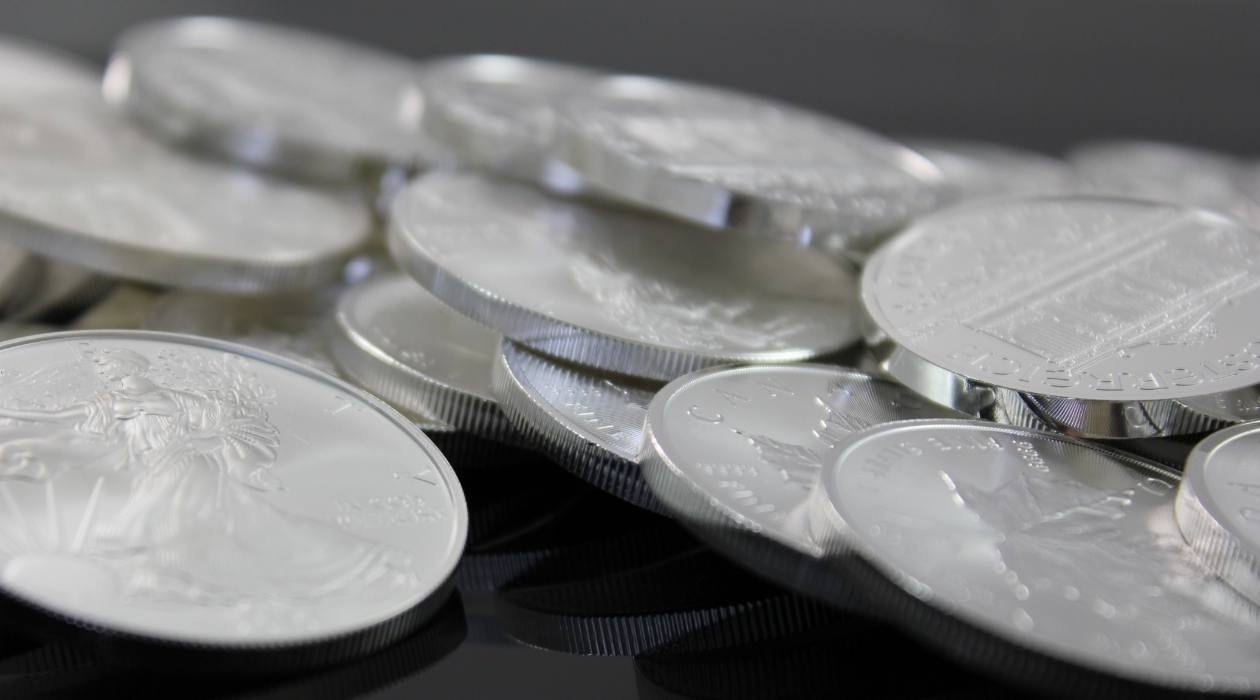
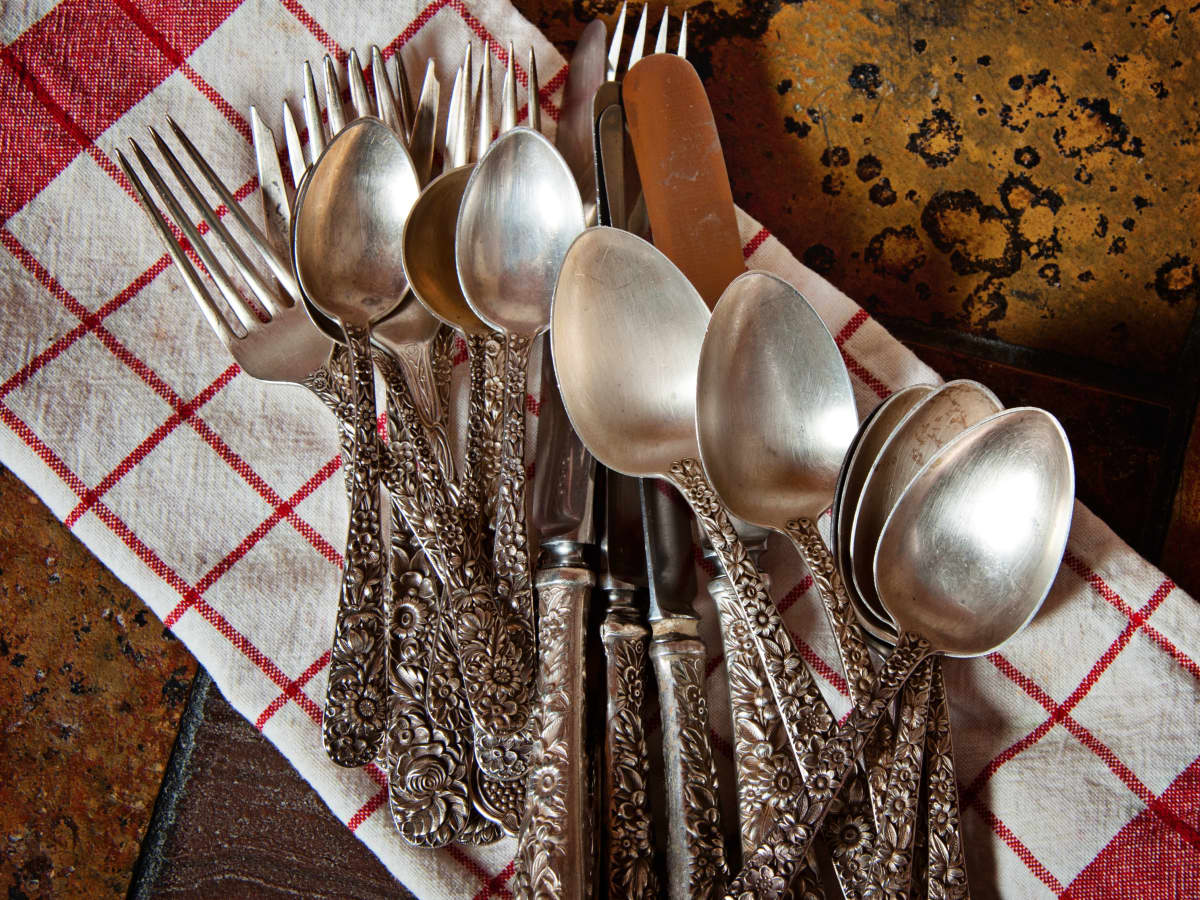
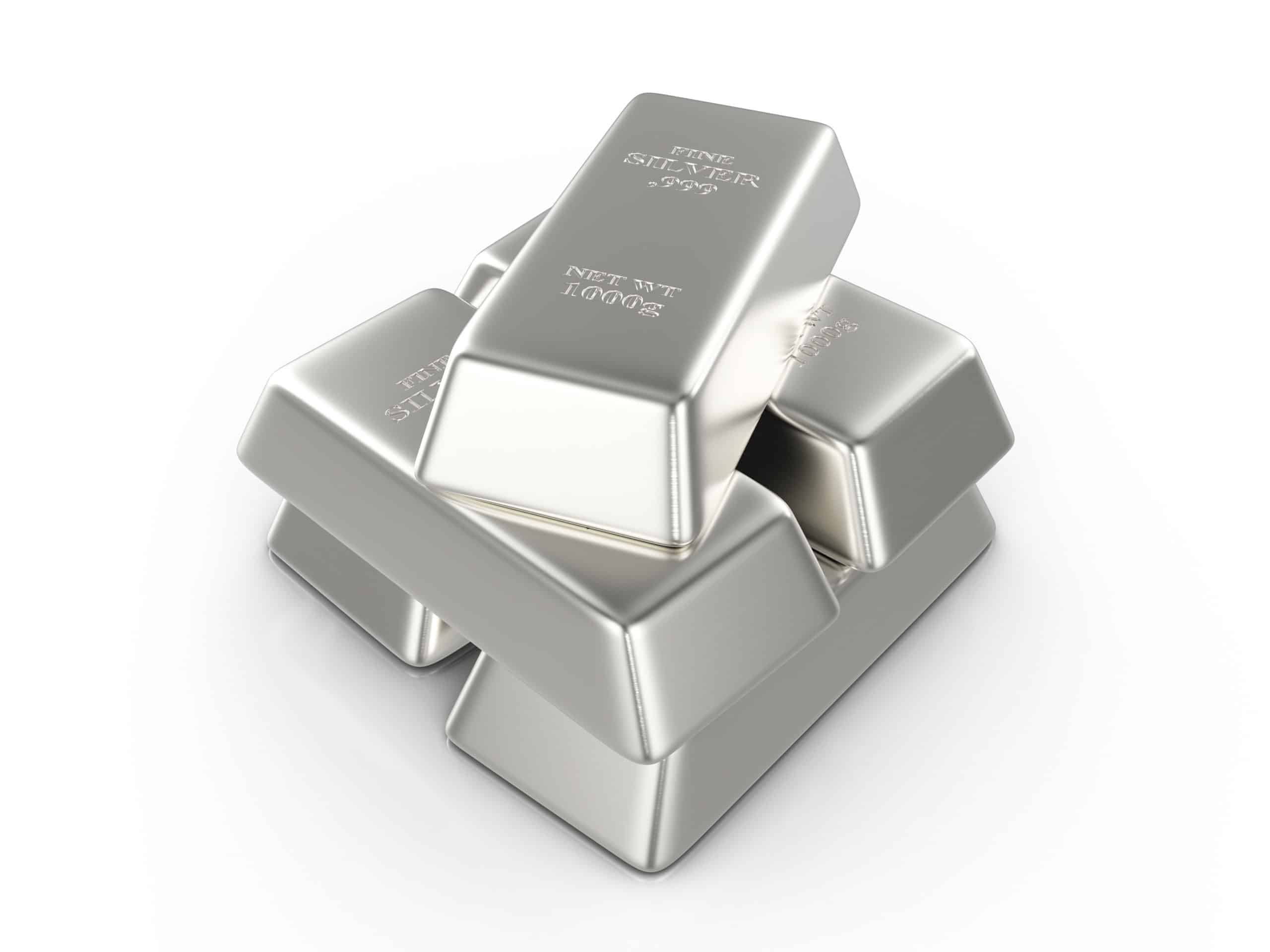
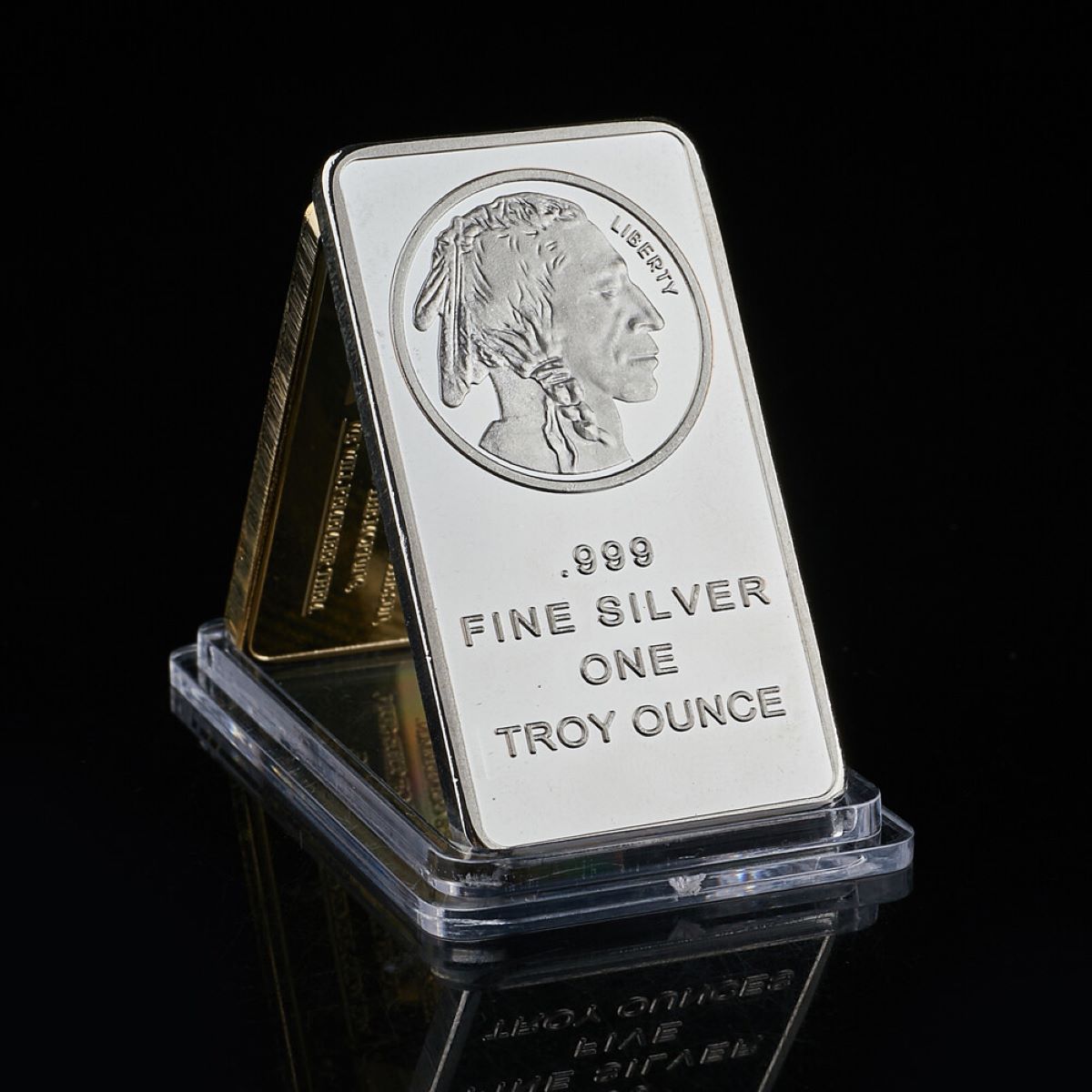

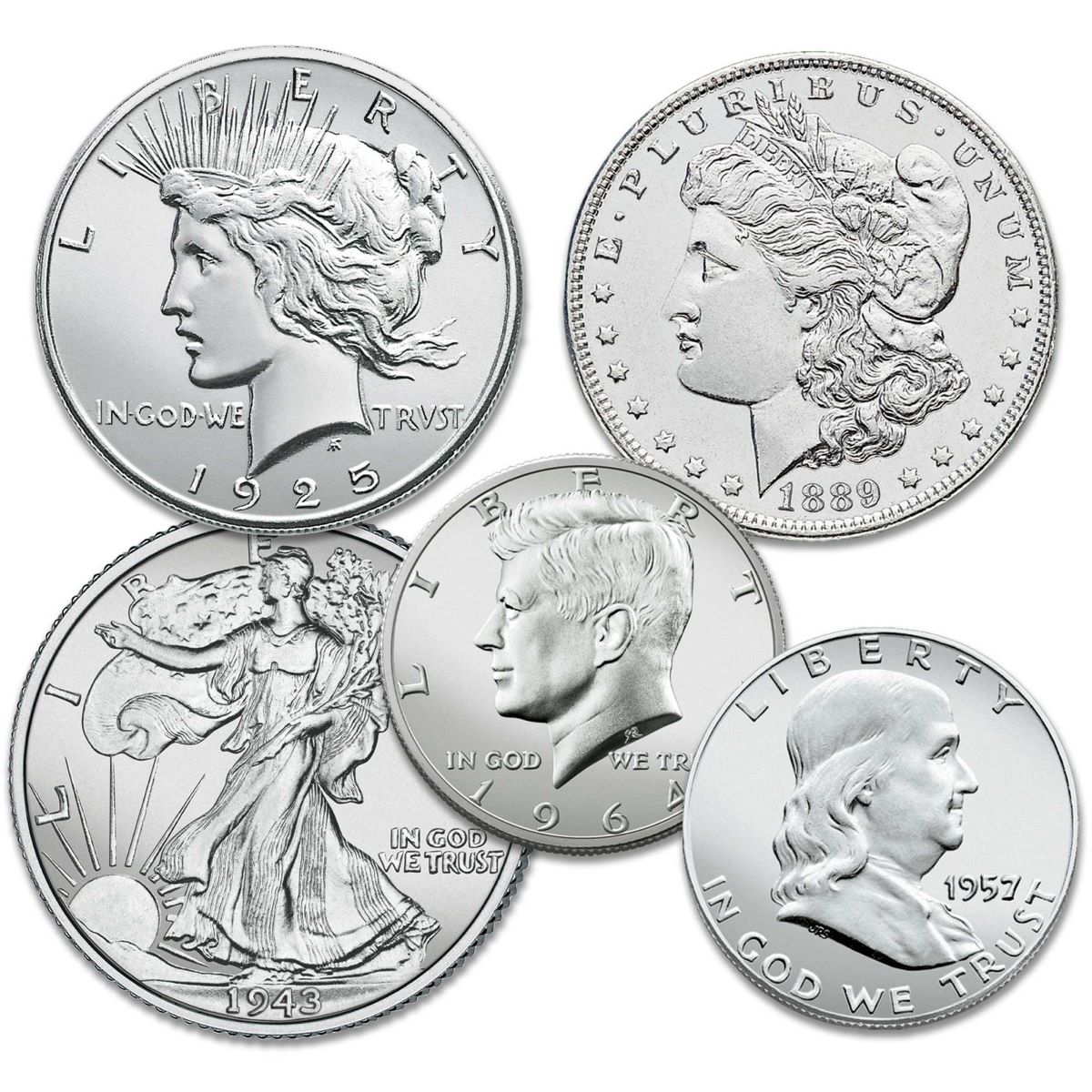

0 thoughts on “How To Store Silver Flatware”